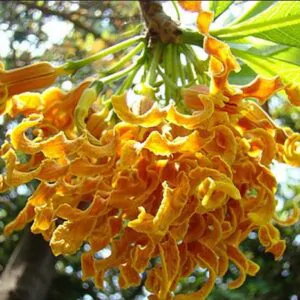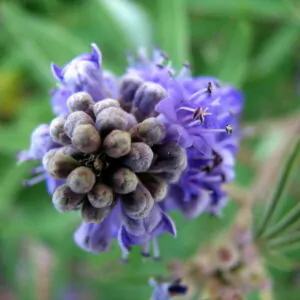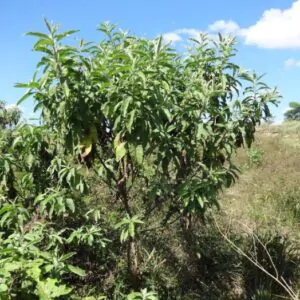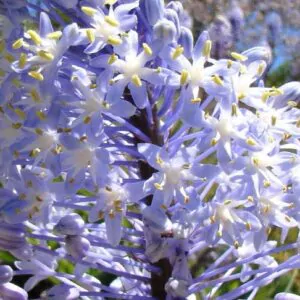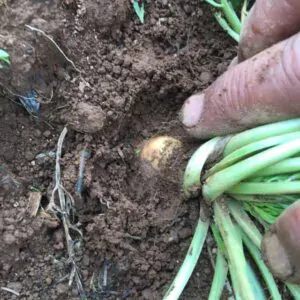/ per pack
Choose seeds per pack:
Botanical nomenclature: Viola odorata
Common name: Wood Violet, Sweet Violet, The Czar, English Violet, Common Violet, Florist’S Violet, Garden Violet
Origin: Europe
Height: 10 – 20 cm
Brightness: partial shading, shadow
Climate: see description below
Color of the flower: purple, purple
Kingdom: Plantae
Clade: Tracheophytes
Clade: Angiosperms
Clade: Eudicots
Clade: Rosids
Order: Malpighiales
Family: Violaceae
Genus: Viola
Species: V. odorata
Viola odorata is a species of flowering plant in the viola family, native to Europe and Asia. This small hardy herbaceous perennial is commonly known as wood violet, sweet violet, English violet, common violet, florist’s violet, or garden violet. It has been introduced into North America and Australia.
The viola odorata, in addition to its ornamental beauty, presents us with several other attributes, such as African violet (saintpaulia ionantha) and are very similar, their differences are fundamental.
The sweet violet (viola odorata) appears in various forms of literature, art and medicine over time. National flower of athens, greece; ancient Persians used it to give special flavor to their ice-cream, and the Romans made tasty sweet wine of violets.
In the eighteenth century, viola odorata was used as a treatment for skin cancer and has recently been used for the same purpose. It is believed that its leaves relieve the pain of cancerous tumors, especially in the throat.
The flowers are edible, added in salads and decorate pies and other desserts. The whole plant is used medicinally. Currently, its main use is as a coloring agent and for the manufacture of perfumes.
Its natural habitat is the woods and the shaded and humid areas. Easy to grow in pots, bouncers that provide shading in the hottest hours of the day, or even indoors.
The sweet scent of this flower has proved popular, particularly in the late Victorian period, and has consequently been used in the production of many cosmetic fragrances and perfumes. The French are also known for their violet syrup, most commonly made from an extract of violets. In the United States, this French violet syrup is used to make violet scones and marshmallows. The scent of violet flowers is distinctive with only a few other flowers having a remotely similar odor. References to violets and the desirable nature of the fragrance go back to classical sources such as Pliny and Horace when the name ‘Ion’ was in use to describe this flower from which the name of the distinctive chemical constituents of the flower, the ionones – is derived. In 1923, Poucher wrote that the flowers were widely cultivated both in Europe and the East for their fragrance, with both the flowers and leaves being separately collected and extracted for fragrance, and flowers also collected for use in confectionery galenical syrup and in the production of medicine.
There is some doubt as to whether the true extract of the violet flower is still used commercially in perfumes. It certainly was in the early 20th century, but by the time Steffen Arctander was writing in the late 1950s and early 1960s, production had “almost disappeared”. Violet leaf absolute, however, remains widely used in modern perfumery.
The leaves are edible. Real violet flower extract is available for culinary uses, especially in European countries, but it is expensive.

